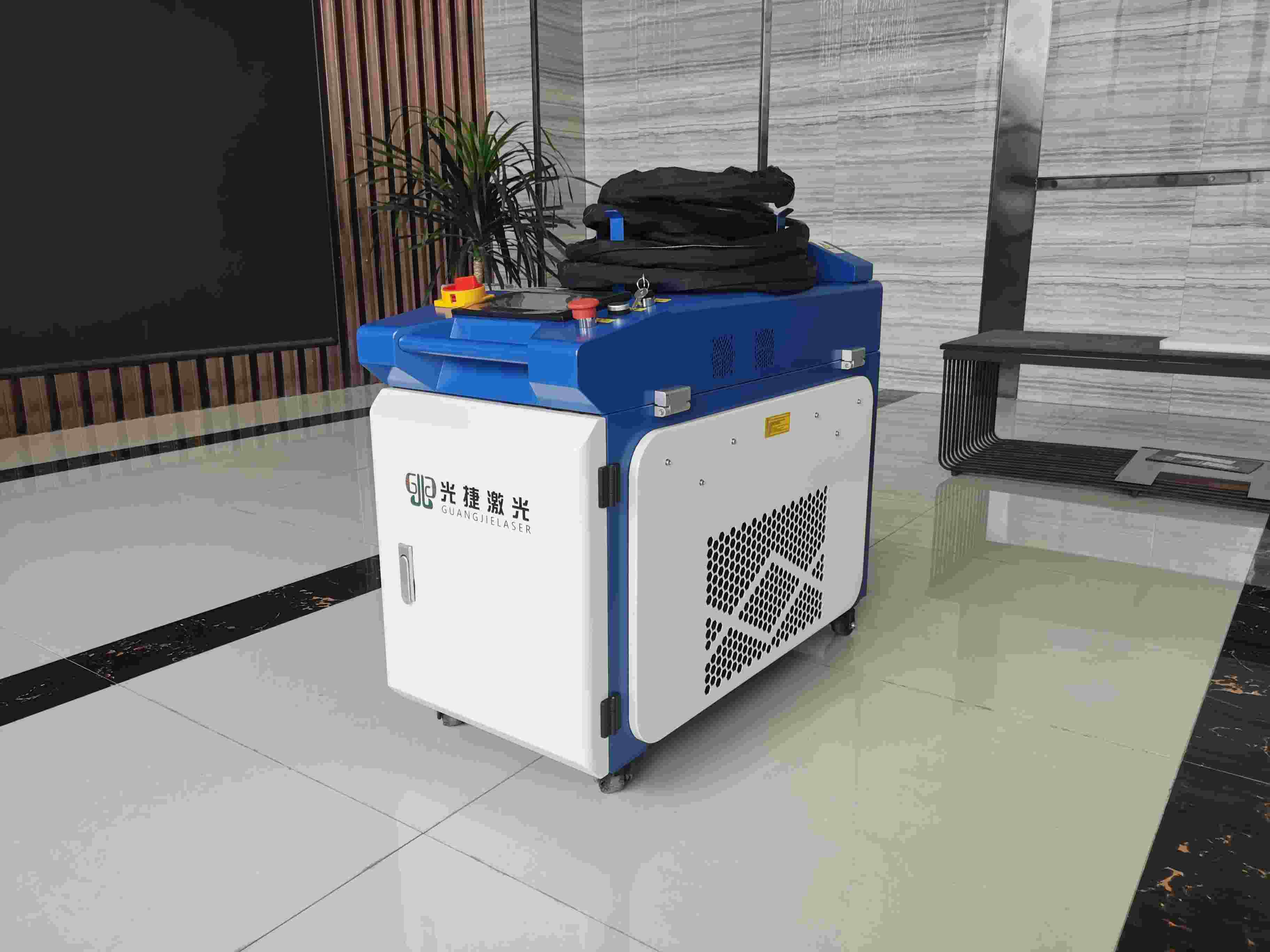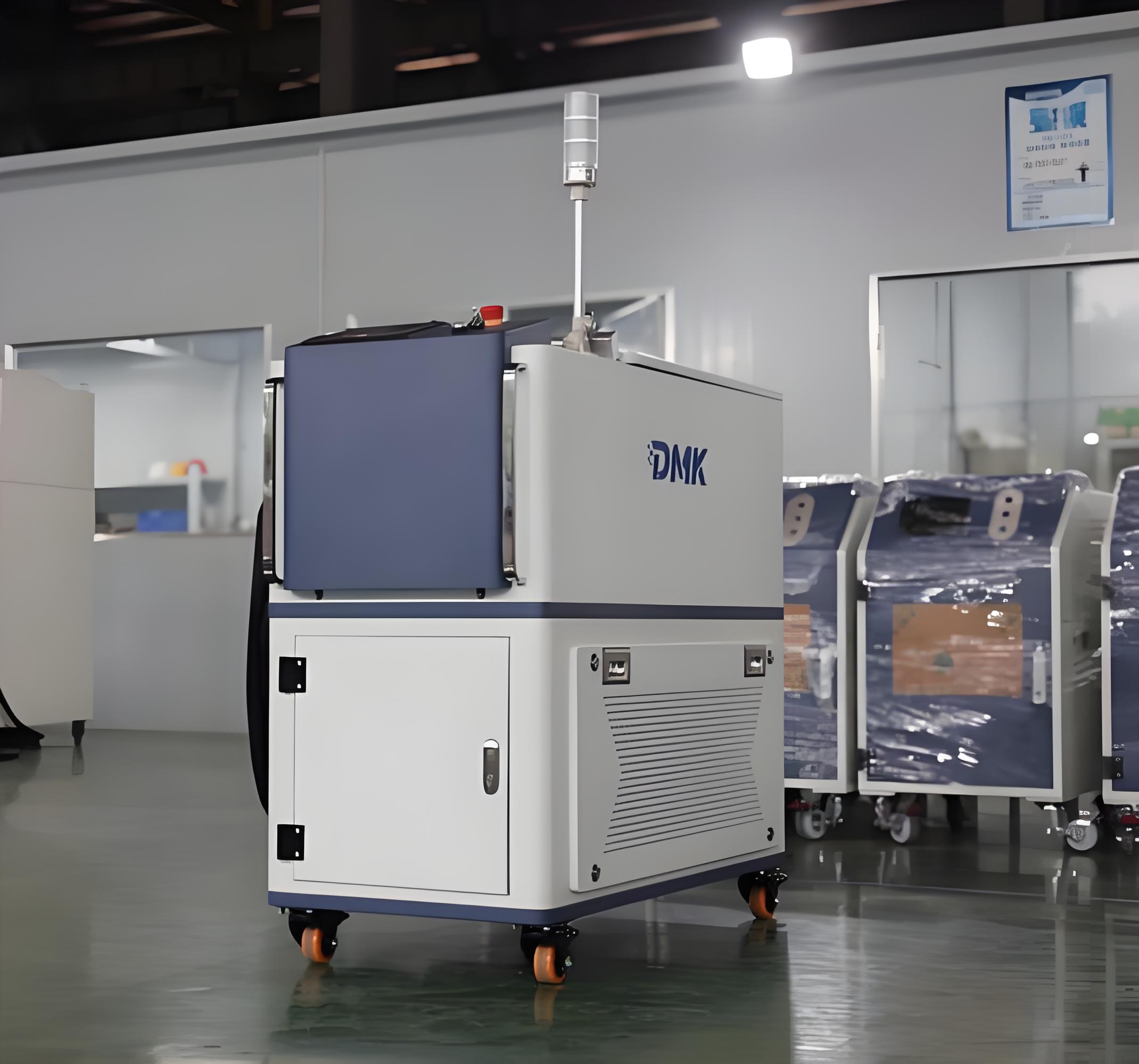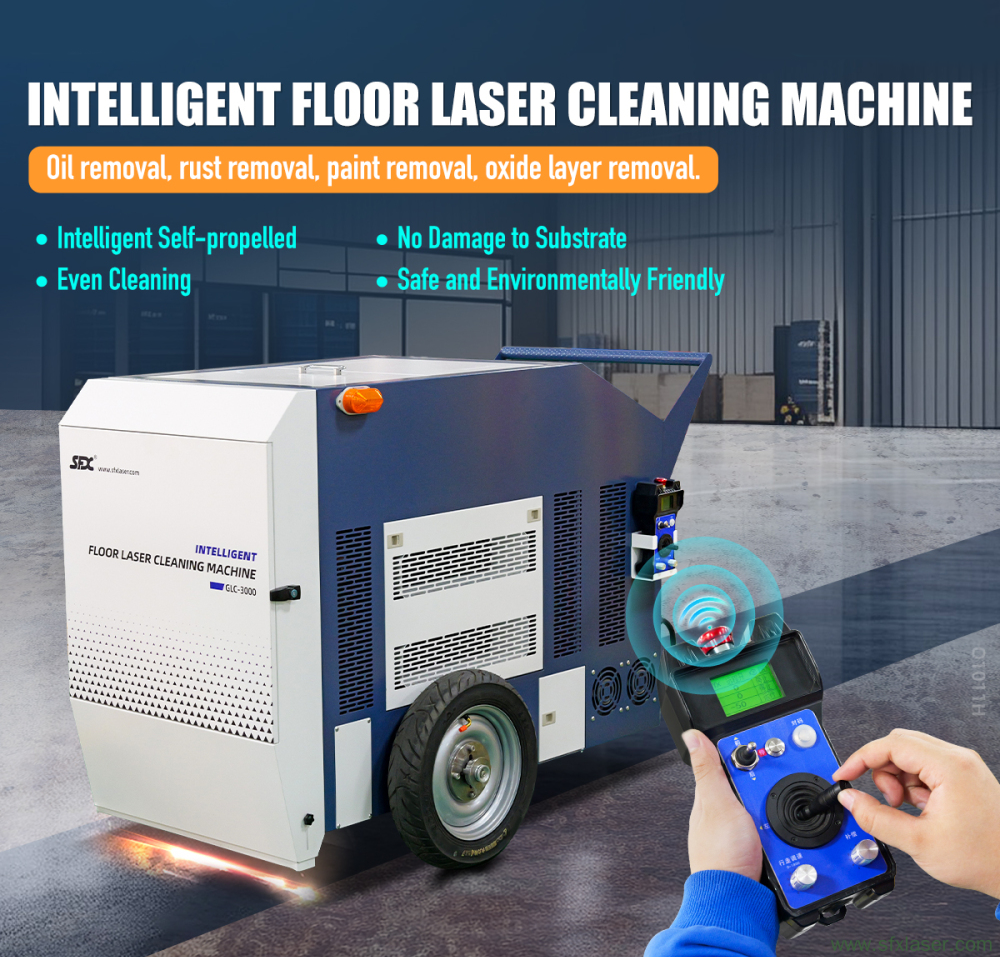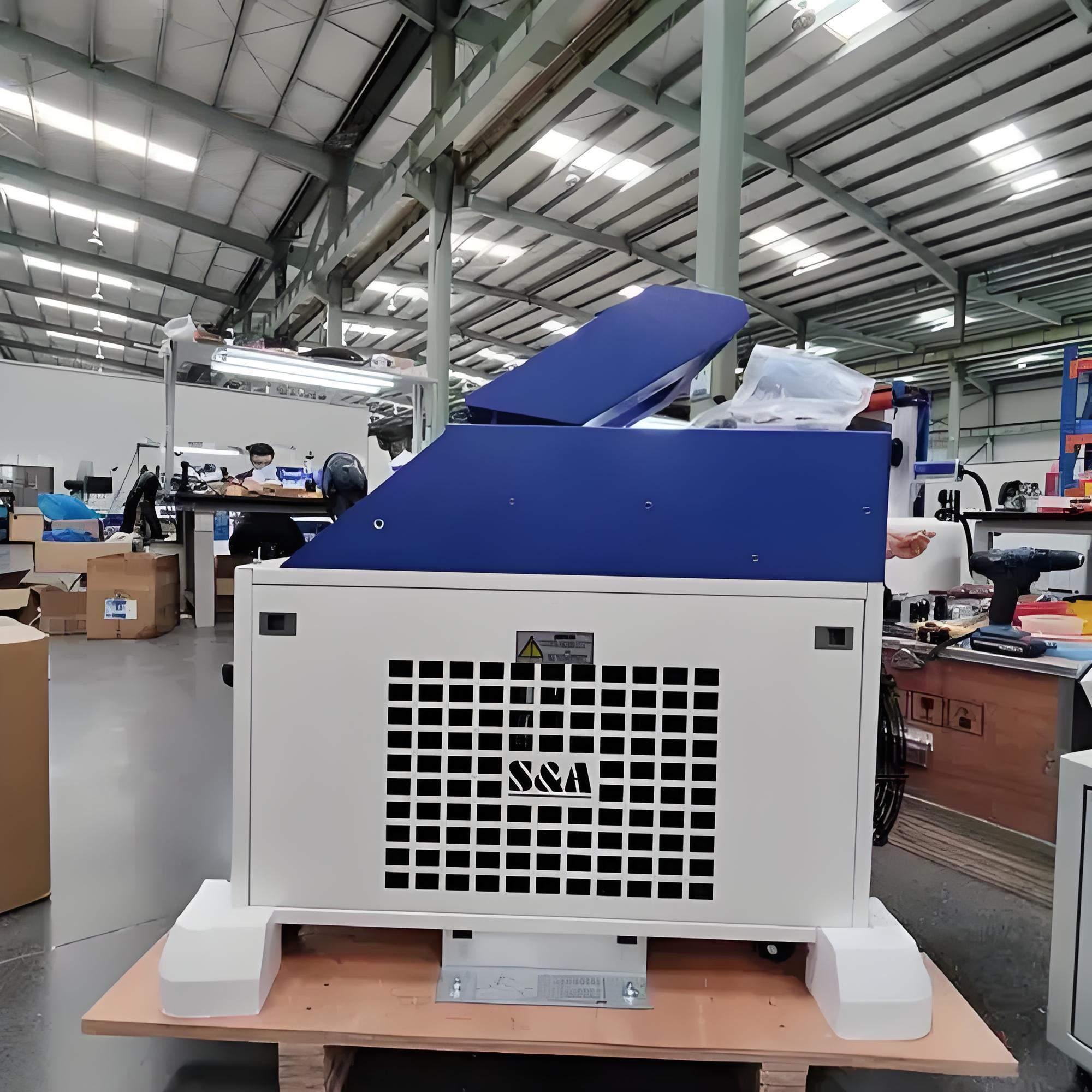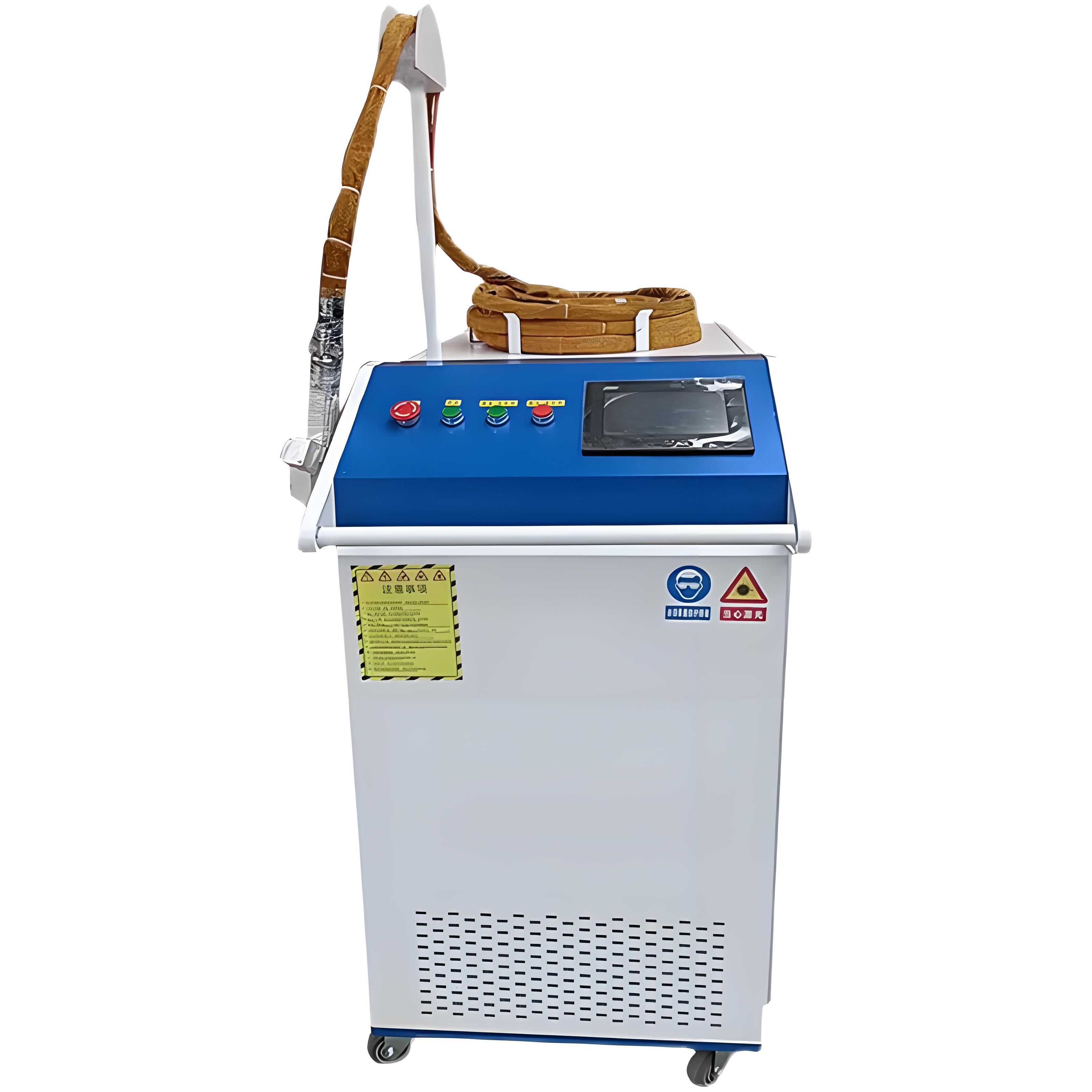As someone who’s been immersed in the world of laser technology for over a decade, I’ve had the privilege of witnessing the evolution of laser rust removal firsthand. From industrial workshops to precision restoration projects, this technology has transformed how we tackle corrosion. One question I often hear, whether from curious colleagues or clients, is: Why does laser rust removal make that distinctive sound? It’s a fascinating topic, and the answer lies in the intricate physics of laser ablation, material interactions, and the mechanics of the equipment itself. Let me take you through the science, the practical implications, and why that satisfying pew-pew or buzzing noise is more than just a cool sound effect—it’s a sign of cutting-edge technology at work.
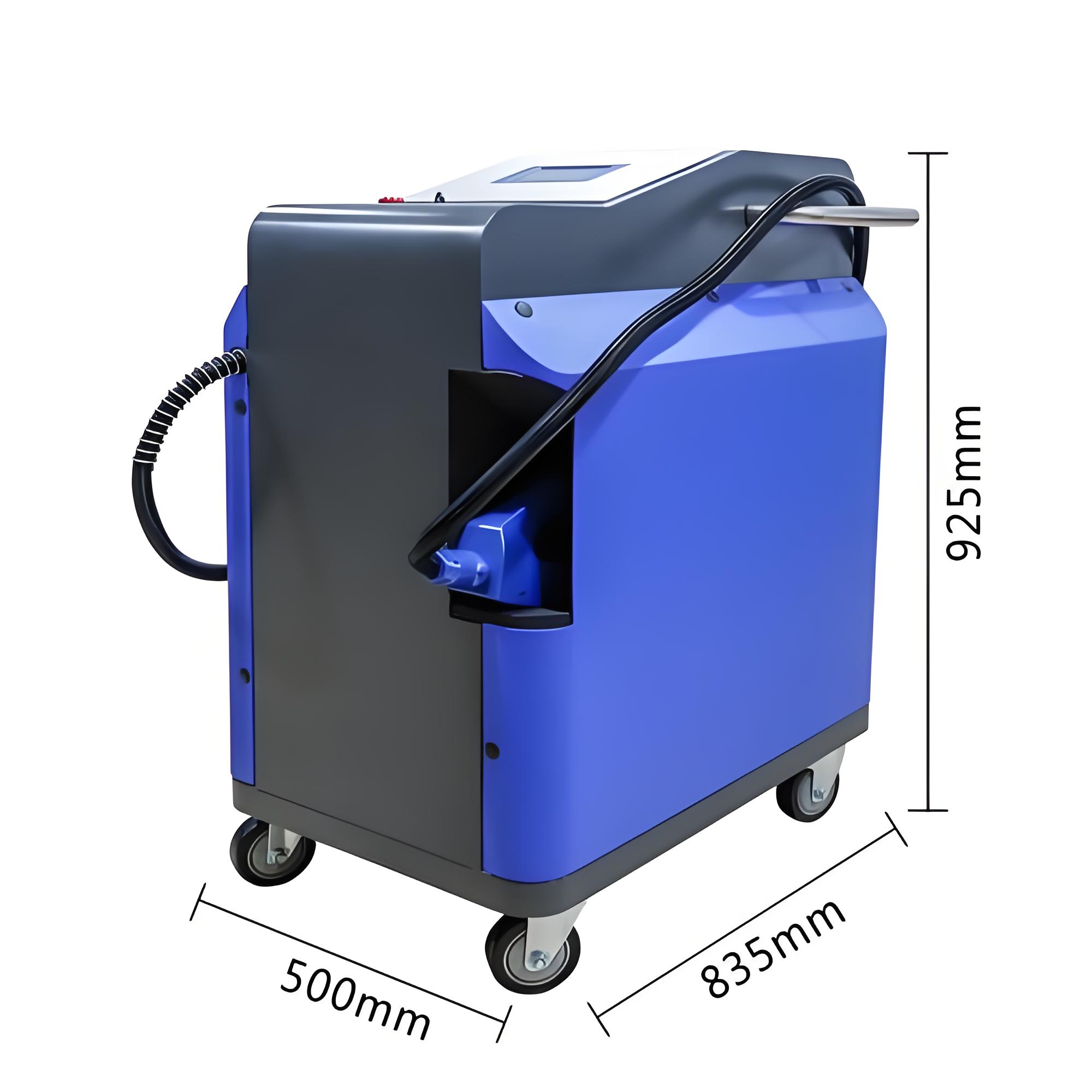
The Science Behind the Sound
Laser rust removal, also known as laser ablation, is a process where high-energy laser beams are used to strip rust, paint, or other contaminants from metal surfaces. The sound you hear during this process isn’t just a random byproduct; it’s a direct result of the physical and chemical reactions happening at the surface. Let’s break it down step by step.
1. Laser Ablation and Shock Waves
When a laser beam—often a pulsed fiber laser with a wavelength of around 1064 nm—hits a rusted surface, it delivers an intense burst of energy. This energy is absorbed by the rust (iron oxide), which has a lower ablation threshold than the underlying metal. The rust heats up rapidly, often reaching temperatures high enough to vaporize or sublimate it into gas. This sudden transition from solid to gas creates micro-explosions or plasma bursts on the surface.
These micro-explosions generate shock waves—tiny, high-pressure waves that propagate through the air. Each shock wave produces a sharp, audible “tick” sound. Because modern laser rust removal systems operate at high frequencies, delivering thousands of pulses per second (often 15,000 to 200,000 pulses per second), these individual ticks blend into a continuous tone or buzz. This is why the sound can resemble something out of a sci-fi movie, as noted by many online enthusiasts.
2. Recoil Noise from Material Ejection
Another contributor to the sound is recoil noise. When the rust or contaminants are vaporized, the rapid ejection of material creates a momentum transfer, causing vibrations in the surrounding air and even the metal substrate itself. These vibrations manifest as sound waves, adding to the overall noise. The intensity of this recoil noise depends on the thickness of the rust layer and the laser’s power settings. For instance, removing thick rust from a steel plate might produce a louder, more pronounced sound compared to cleaning a thin oxide layer from a copper surface.
3. Mechanical Noise from the Equipment
While the ablation process is the primary source of sound, the laser cleaning machine itself also contributes. The scanner and optics within the machine move rapidly to direct the laser beam across the surface. These components, especially in handheld units, can produce mechanical vibrations or whirring sounds. Additionally, many systems are equipped with exhaust and ventilation systems to remove vaporized particles and maintain a clean workspace. These systems generate airflow noise, which can add a low hum or whooshing sound to the mix.
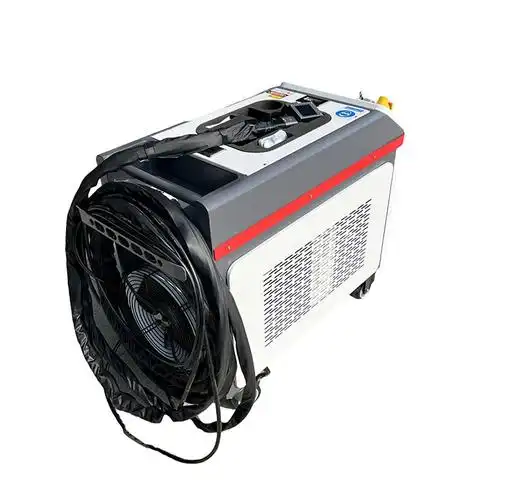
4. Resonance of the Metal Surface
The metal being cleaned can also play a role in the sound you hear. As the laser pulses strike the surface, they can cause the metal to resonate, especially if the scan pattern changes width or direction. For example, when the laser beam moves from a narrow to a wider scan, the pitch of the sound may drop, creating a dynamic effect that’s oddly satisfying to hear. This resonance is influenced by the material’s properties, such as its thickness and density.
Factors Influencing the Sound
The sound produced during laser rust removal isn’t static—it varies based on several factors. Understanding these can help you fine-tune the process for both efficiency and noise management. Here’s a quick overview in a table for clarity:
|
Factor |
Description |
Impact on Sound |
Example |
|---|---|---|---|
|
Laser Type |
Pulsed lasers (e.g., fiber lasers) produce short, high-energy bursts, while continuous wave (CW) lasers emit steady beams. |
Pulsed lasers create louder, sharper sounds due to rapid plasma bursts. CW lasers produce softer, continuous hums. |
Pulsed fiber laser: sharp “tick” sounds; CW laser: low hum. |
|
Pulse Frequency |
The rate at which laser pulses are delivered (e.g., 15 kHz to 200 kHz). |
Higher frequencies blend ticks into a continuous tone; lower frequencies may sound more distinct. |
15 kHz produces audible ticks; 200 kHz sounds like a buzz. |
|
Material Properties |
Rust thickness, metal type, and surface roughness affect energy absorption. |
Thicker rust or rough surfaces create louder shock waves; smoother metals may reflect more energy, reducing sound. |
Thick rust on steel: loud buzz; thin oxide on aluminum: quieter. |
|
Scan Speed and Pattern |
How fast the laser moves and the shape of its scan path (e.g., linear, circular). |
Faster scans or wider patterns can lower pitch; narrow scans increase pitch. |
Narrow scan on corners: high-pitched; wide scan: lower-pitched. |
Why the Sound Matters (and Why It’s So Satisfying)
If you’ve ever watched a laser rust removal video online, you know the sound is oddly captivating. It’s not just about aesthetics, though—it provides practical insights. As an operator, I’ve learned to “listen” to the process. A consistent buzz often indicates stable ablation, while irregular sounds might signal issues like improper focus or a change in rust thickness. This auditory feedback can help fine-tune settings in real time.
Moreover, the sound has a psychological appeal. It evokes a sense of precision and power, like a high-tech tool straight out of a sci-fi film. Online communities, like those on Reddit, often compare it to the pew-pew of laser guns in 80s and 90s movies, which adds to its allure.
Practical Applications and Noise Management
Laser rust removal is widely used across industries, from automotive (cleaning car frames) to aerospace (restoring turbine blades) and even cultural heritage preservation (cleaning artifacts without damage). However, the noise it produces can be a concern in certain environments. Here are some practical tips I’ve picked up over the years to manage it:
Use Proper Ventilation: Efficient exhaust systems not only remove vaporized particles but also dampen noise by reducing airborne contaminants. A well-designed system can lower the overall sound level by up to 10-15 dB.
Adjust Pulse Frequency: If noise is a concern, lowering the pulse frequency (e.g., from 200 kHz to 50 kHz) can reduce the intensity of the sound, though it may slow the cleaning process.
Choose the Right Laser: Pulsed fiber lasers are louder but more effective for precision tasks. For quieter operations, consider a continuous wave laser, though it’s less suited for thick rust.
Soundproofing: In industrial settings, enclosing the laser system in a Class-1 laser safety enclosure can significantly reduce noise while ensuring operator safety.
Operator Protection: While laser rust removal is safer than sandblasting (no flying debris or chemical fumes), prolonged exposure to noise can still be fatiguing. I always recommend ear protection for operators working long shifts.

Comparing Laser Rust Removal to Other Methods
To put the sound in context, let’s compare laser rust removal to traditional methods like sandblasting, chemical cleaning, and manual sanding. Each has its own noise profile and trade-offs:
|
Method |
Noise Source |
Noise Level |
Environmental Impact |
|---|---|---|---|
|
Laser Rust Removal |
Shock waves, mechanical components, exhaust. |
Moderate (60-80 dB) |
Minimal; no chemicals or waste. |
|
Sandblasting |
Abrasive particles hitting the surface. |
Loud (80-100 dB) |
High; produces dust and requires waste disposal. |
|
Chemical Cleaning |
Minimal; mostly from scrubbing or spraying. |
Low (<60 dB) |
High; uses hazardous chemicals. |
|
Manual Sanding |
Friction of sandpaper on metal. |
Low to moderate (50-70 dB) |
Moderate; produces dust but no chemicals. |
Laser rust removal stands out for its balance of efficiency, environmental friendliness, and moderate noise levels. Unlike sandblasting, which can be deafening and messy, or chemical cleaning, which poses health risks, laser cleaning is precise and eco-friendly, with noise that’s manageable in most settings.
My Experience with Laser Rust Removal
Over the years, I’ve worked with various laser systems, from handheld units to automated robotic setups. One memorable project involved restoring a rusted 19th-century cast iron gate for a heritage site. The client was initially skeptical, worried that the laser would damage the intricate details. I adjusted the laser parameters—using a 50-watt pulsed fiber laser with a scan speed of 200 mm/s and a fill interval of 0.05 mm—to ensure precision. The sound was a steady buzz, almost hypnotic, as the rust vanished, revealing the gate’s original craftsmanship. The client was thrilled, and the sound became a talking point, with visitors likening it to a “futuristic cleaning symphony.”
That experience taught me that the sound isn’t just a byproduct—it’s a signal of the technology’s power and precision. It’s also a reminder of how far we’ve come from the days of labor-intensive sanding or toxic chemical baths.
Environmental and Safety Considerations
One of the reasons I’m passionate about laser rust removal is its environmental benefits. Unlike chemical methods, it produces no hazardous waste, and the vaporized rust can be captured with a dust extraction system. However, the process does generate a small amount of airborne dust, which requires proper ventilation to ensure a safe working environment.
Safety is another critical aspect. The laser beam itself is safe for the metal but can be dangerous to operators if mishandled. Always wear laser safety glasses tuned to the laser’s wavelength (e.g., 1064 nm for fiber lasers). The noise, while not as loud as sandblasting, can still reach 60-80 dB, so ear protection is advisable for prolonged use.

Future of Laser Rust Removal
As laser technology advances, I expect the sound profile to evolve. Newer systems are being designed with quieter scanners and optimized pulse patterns to reduce noise without sacrificing efficiency. Innovations like DAPENG’s integrated laser systems, which combine rust removal, cleaning, cutting, and welding, are pushing the boundaries of what’s possible.
In the coming years, we might see AI-driven laser systems that automatically adjust parameters based on real-time feedback, including sound analysis, to optimize cleaning. This could make the process even more efficient and user-friendly, especially for small-scale operations or hobbyists.
Conclusion
The sound of laser rust removal is more than just a cool effect—it’s a window into the physics of laser ablation, material interactions, and equipment mechanics. From the sharp ticks of shock waves to the hum of exhaust systems, every sound tells a story of precision and power. As someone who’s spent years working with these machines, I find the sound both satisfying and informative, a real-time indicator of the process at work. Whether you’re in manufacturing, restoration, or simply curious about this technology, understanding the sound can deepen your appreciation for its capabilities.
If you’re considering laser rust removal for your next project, don’t be intimidated by the noise—it’s a small price to pay for a process that’s fast, eco-friendly, and incredibly effective. Just make sure to use proper safety measures and fine-tune your settings for the best results.
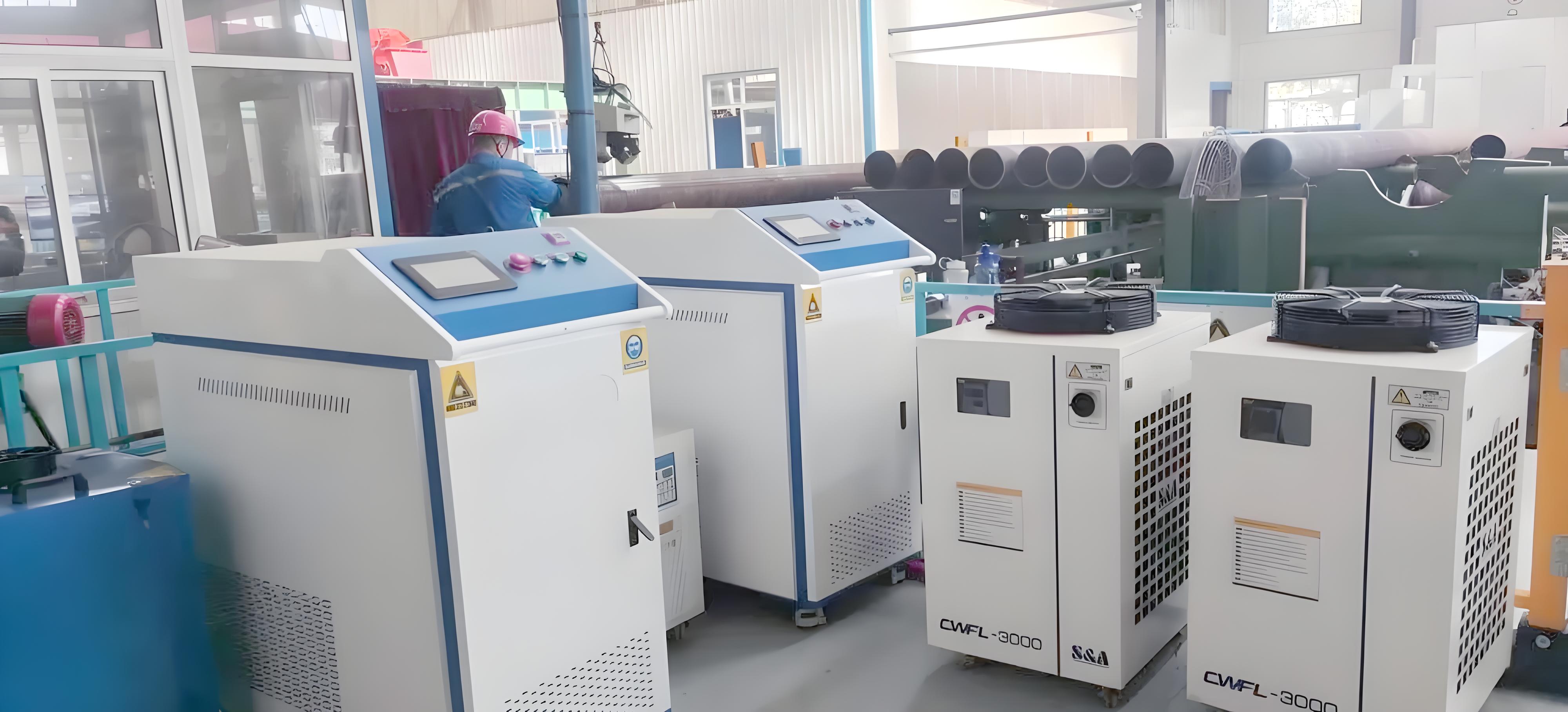
Related Questions and Answers
Q: Is the sound from laser rust removal harmful to hearing?
A: The noise typically ranges from 60-80 dB, which is moderate but can be fatiguing over long periods. I recommend wearing ear protection, especially during extended use, to prevent discomfort or potential hearing damage.
Q: Can the sound be reduced during laser rust removal?
A: Yes! Using a lower pulse frequency, installing a soundproof enclosure, or optimizing the exhaust system can reduce noise levels. For example, a well-designed ventilation system can cut noise by 10-15 dB.
Q: Why does the sound change during the process?
A: The sound varies due to changes in scan width, rust thickness, or material properties. For instance, a narrower scan pattern produces a higher-pitched sound, while a wider scan lowers the pitch.
Q: Is laser rust removal louder than sandblasting?
A: No, laser rust removal is generally quieter, producing 60-80 dB compared to sandblasting’s 80-100 dB. It’s also cleaner and safer, with no abrasive particles or chemical fumes.

